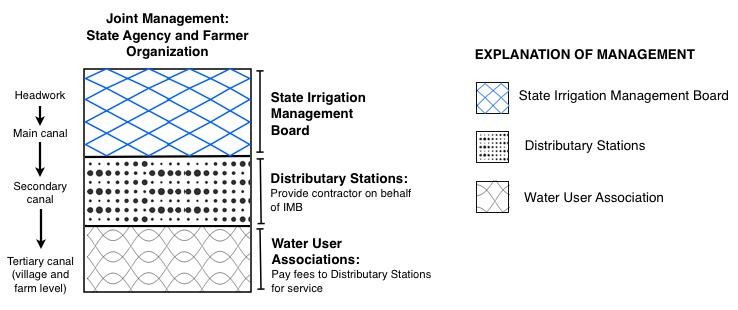Irrigation
Industries call for water conservation - Proactive disclosure on water use by industries will go a long way
Posted on 25 May, 2012 03:48 PMIndia’s rapidly growing economy is driving increased water usage across different sectors. Various estimates and projections indicate an increasing trend in water demand for agriculture, industrial and domestic uses in the coming decades.
Traditional water management systems - An overview of the Ahar-Pyne system in the South Bihar plains in India and the need for its revival - A paper from the Indian Journal of Traditional Knowledge
Posted on 23 May, 2012 04:45 PMThis paper published in the Indian Journal of Traditional Knowledge provides a brief overview of the the Ahar-Pyne system, a traditional water harvesting system still practised in the sout
Integrated hydrological data book (non-classified river basins) by Central Water Commission, Ministry of Water Resources
Posted on 15 May, 2012 08:37 AMThis data book published by Central Water Commission (CWC) is a compendium of impor
Water resources of Andhra Pradesh - An atlas by VIStA, IWMI and GoAP
Posted on 14 May, 2012 06:25 PMThis atlas on water resources in Andhra Pradesh by International Water Management Institute (IWMI), IWMI-Tata Water Policy Program (ITP), Visual Information Systems for Action (VIStA) and
Water science in India - Hydrological obscurantism - A paper in Economic and Political Weekly
Posted on 07 May, 2012 12:15 PMThis article by Jayanta Bandyopadhyay in the Economic and Political Weekly deals with the Government of India’s proposal for addressing the twin problems of floods and water scarcity by interlinking rivers.
Teesta, Tipaimukh and riverlinking: Danger to Bangladesh-India relations – A paper in Economic and Political Weekly
Posted on 06 May, 2012 11:25 AMBangladesh shares 54 rivers with India. Any unilateral action by India on any of its international rivers will degrade its relations with its neighbours while also adversely affecting its ecology, economy and society. Bangladesh being a riverine and a lower riparian country remains sensitive to matters of water, whether inland or maritime.
The Supreme Court and its directions on Interlinking of Rivers (ILR): India and her people will be greatly benefited by its implementation
Posted on 03 May, 2012 07:03 PMAuthor : J. Prabudoss
Viability of Clean Development Mechanism (CDM) projects in India: Study of Chanju CDM project in Chamba district,Himachal Pradesh
Posted on 03 May, 2012 06:30 PMThe present paper is an attempt of the researcher to make a comparative analysis between the expected benefits received by the executing agency under CDM and the actual benefits people are expected to receive from Chanju-I Hydro Electric Project.






 This
This 